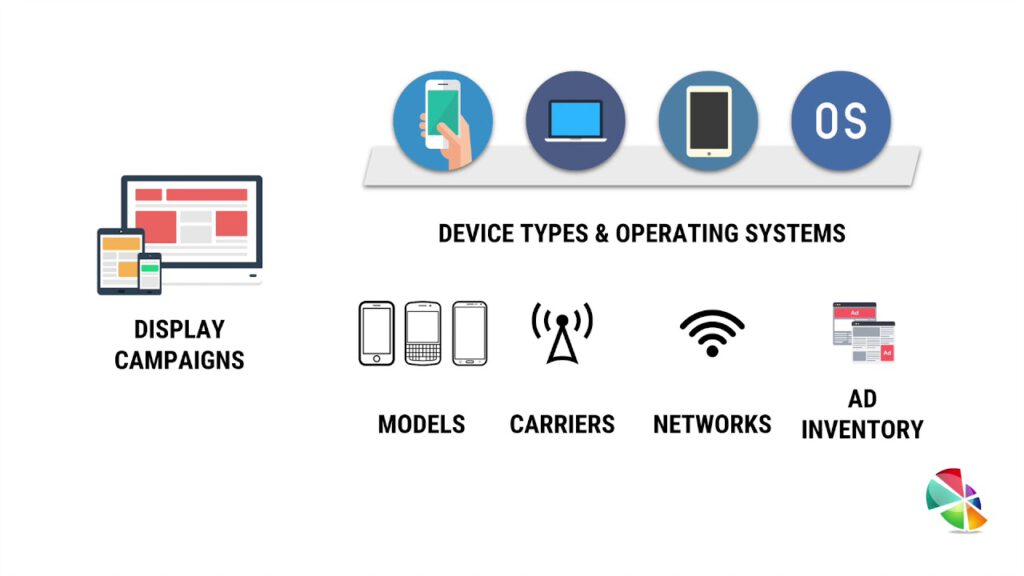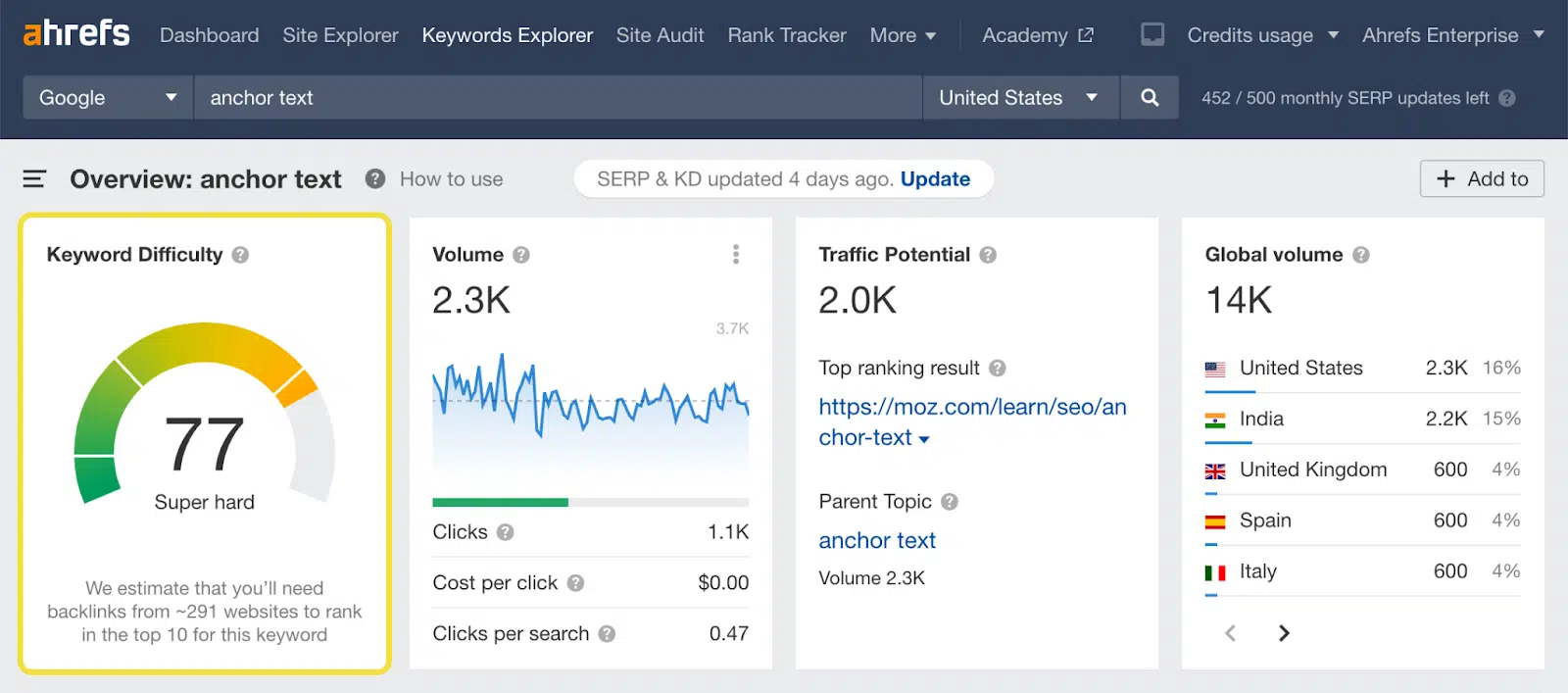Audience targeting is a powerful tool to help businesses reach their ideal customers more effectively. Businesses can create highly personalized and relevant messages by selecting and segmenting audiences based on demographics, interests, location, behavior, retargeting, and lookalike audiences. This guide will walk you through the essential steps to master audience-based marketing and enhance your digital marketing targeting strategy.
Demographics
Demographic targeting helps businesses find the right people to show their ads to by analyzing factors such as age, gender, location, and race. This approach ensures that ads are relevant to the audience’s characteristics.
Age
Using age as a targeting criterion helps businesses connect with their audience effectively. For instance, Google Ads allows targeting by age groups, such as Millennials (18-34), Generation X (35-54), Baby Boomers (55-74), and Seniors (75+). This segmentation helps tailor messages to the appropriate demographic, enhancing engagement and conversion rates.
Real Use Case: A beauty brand targeting Millennials might create campaigns focused on trendy makeup looks while targeting Baby Boomers with anti-aging products.
Gender
Gender-based targeting ensures ads reach the right audience by showing them to either men, women, or both. Platforms like Facebook Ads Manager offer granular targeting options, allowing businesses to refine their messages based on specific age ranges and genders.
Real Use Case: A fitness brand can target women aged 25-34 with ads promoting a new yoga class, ensuring the message resonates with the right demographic.
Race
Race-based targeting allows businesses to promote products and services to specific racial groups, addressing unique needs and preferences. This approach can also enhance representation and support minority communities.
Real Use Case: A company launching a haircare line for African American women can use race-based targeting to reach this specific audience, ensuring the message is relevant and effective.
Income
Income targeting helps businesses reach customers based on their financial situation. Platforms like Google Ads and Facebook Ads Manager offer options to target users by household income, ensuring messages are relevant to their purchasing power.
Real Use Case: A luxury car brand can target high-income individuals with ads highlighting exclusive features, while a budget-friendly retailer can focus on lower-income brackets with discount offers.

Marital Status
Marital status targeting helps businesses reach single individuals or married couples with relevant products and services. This approach can also segment audiences based on whether they have children, tailoring messages to parents or non-parents.
Real Use Case: A travel agency can target newlyweds with honeymoon packages, while promoting family vacations to married couples with children.
Nationality
Nationality-based targeting allows businesses to tailor their messages to different cultures and regions. This approach can localize campaigns for better engagement and capture the attention of potential customers in specific areas.
Real Use Case: An international clothing brand can create ads emphasizing local fashion trends in different countries, ensuring the message resonates with the target audience.
Religion
Religion-based targeting can connect businesses with audiences by showcasing shared values and beliefs. This approach can also highlight religious holidays and celebrations, creating relevant and timely messages.
Real Use Case: A company selling holiday decorations can create campaigns centered around Christmas or Easter, appealing to the religious sentiments of the target audience.
Interests
Interest-based targeting helps businesses connect with audiences by understanding their hobbies and passions. This approach can tailor ads, promotions, and content to resonate with specific interests.
Real Use Case: A sports apparel brand can target individuals interested in running or fitness, ensuring the ads are relevant and engaging.
Mind Your Business Newsletter
Business news shouldn’t put you to sleep. Each week, we deliver the stories you actually need to know—served with a fresh, lively twist that keeps you on your toes. Stay informed, stay relevant, and see how industry insights can propel your bottom line.
Subscribe to Mind Your Business

Location
Location-based targeting ensures ads are relevant to the audience’s geographic location. This approach can personalize marketing messages for customers in specific areas, enhancing engagement and driving foot traffic to local stores.
Real Use Case: A restaurant chain can target ads to individuals within a certain radius of their locations, promoting local events and menu specials.
Behavioral Targeting
Behavioral targeting uses data-driven insights to create personalized campaigns based on user behavior. This approach can increase engagement and conversions by showing relevant ads to users based on their online activities.
Real Use Case: An e-commerce site can retarget users who abandoned their shopping carts with special offers, encouraging them to complete their purchase.
Retargeting & Lookalike Audiences
Retargeting uses data from previous interactions to show tailored ads to users, while lookalike audiences expand reach by targeting users with similar characteristics to existing customers.
Real Use Case: A fashion retailer can retarget users who viewed specific products but didn’t purchase, while using lookalike audiences to find new potential customers similar to their best buyers.
Contextual Targeting
Contextual targeting analyzes the content of websites to display relevant ads. This approach ensures ads are shown to users interested in related topics, increasing engagement.
Real Use Case: A tech company can display ads for new gadgets on tech blogs and websites, reaching an audience interested in technology.

Device Type Targeting
Device-type targeting tailors ads based on the user’s device, optimizing content for different formats and platforms.
Real Use Case: A mobile app developer can target ads to users on mobile devices, ensuring the message is relevant and encouraging downloads.
Content Targeting
Content targeting personalizes ad copy based on the user’s interests and browsing history, enhancing relevance and engagement.
Real Use Case: An online bookstore can display ads for mystery novels to users who previously searched for detective stories, ensuring the message is targeted and engaging.
Search Engine Advertising
Search engine advertising provides a cost-effective way to reach a larger audience and generate more leads. This approach offers increased brand recognition, improved targeting capabilities, and higher conversion rates.
Real Use Case: A local service provider can use Google Ads to target users searching for specific services in their area, driving traffic and increasing conversions.
Conclusion
In conclusion, audience targeting is a powerful tool for businesses to reach their ideal customers and create conversions. Combining these advanced strategies with other marketing tactics, such as search engine advertising, email marketing, and social media campaigns, effectively reaches the right people at the right time with targeted messaging.
The bottom line is that if you want to capture attention and generate leads, employing an audience-targeting strategy may be the best way to achieve new heights in business success. Why not give it a try?
Get started today by reaching out to the Good Fellas Agency – they can help you bring your target audience within reach and capitalize on potential by connecting them with your products or services.







